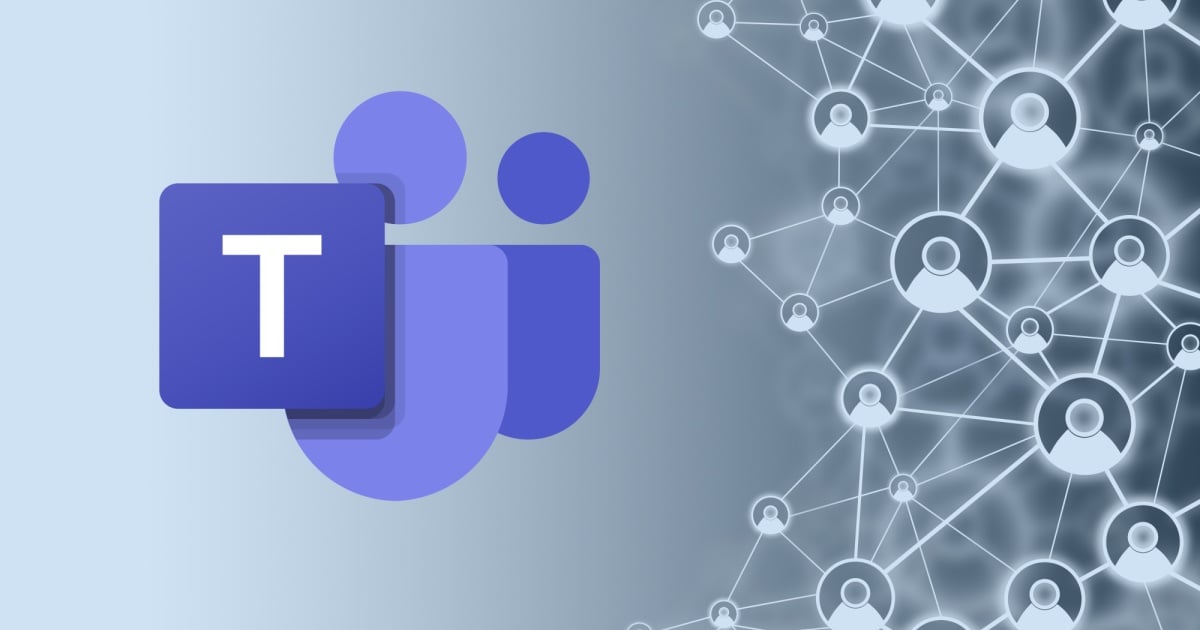
For a long time, the phone has been at the heart of business communications.
As technology evolves, however, so does the way we work. Digitalization is revolutionizing the way businesses is done both internally and externally, with tools like Microsoft Teams (Teams) combining communication and enterprise collaboration applications for seamless operations. It’s of no surprise that the adoption of these virtual tools has skyrocketed in recent years.
Today, 80 percent of businesses already apply collaboration and communication tools to optimize their business operations. Teams specifically has done well, as the number of daily active users of Microsoft Teams nearly doubled between 2020 and 2021, increasing from 75 million users in April 2020 to 145 million as of the second quarter of 2021. This rapid rise in Teams adoption comes at the expense of private branch exchange (PBX), a traditional private telephone network used within a company or organization.
However, many companies are finding the shift from PBX to Teams to be difficult, and need help facing some of the digital and infrastructure challenges that are a part of the process. To aid with this migration, businesses will partner with a managed service provider (MSP), a third-party company that remotely manages a customer's information technology (IT) infrastructure and end-user systems. 81 percent of organizations are already partnered with an MSP, mainly because they can help bridge the gap between the current level of protection and the optimum level desired by businesses.
Recently, Ribbon Communications Inc. a global provider of real time communications software and IP optical networking solutions to service providers, enterprises, and critical infrastructure sectors, announced that it is collaborating with Infosys, a global leader in next-generation digital services and consulting, to deliver an integrated IT Managed Services offering to global enterprises.
“It was important to design a solution that delivers multinational organizations a phone system migration strategy that provides them with the flexibility to gradually transition thousands of employees across a multitude of sites and geographic regions from legacy phone systems and contact centers to Microsoft Teams,” said Steve McCaffery, Ribbon’s Executive Vice President of Sales, EMEA and APAC.
The integrated solution enables global enterprises to seamlessly migrate from legacy on-premise PBX communications systems to Microsoft Teams Phone System Direct Routing in all geographic regions. Microsoft Phone System Direct Routing is the service inside of Teams that allows organizations to connect external phone lines and use Teams as an office phone system.
Ribbon’s Microsoft-certified Core and Edge Session Border Controllers (SBCs) and Centralized Policy & Routing solutions provide key functionality in the Infosys Managed Services offering. The integrated solution has already been deployed by one of the world’s largest brands as part of their global communications upgrade.
Many large enterprises are geographically dispersed and have operations in Regulated and Non-Regulated countries. The integrated Infosys-Ribbon solution provides organizations with the flexibility to configure PSTN breakouts from a centralized software-based Ribbon SBC or from a Ribbon SBC deployed at branch office locations using Microsoft’s Local Media Optimization (LMO) configuration.
The integrated solution supports both architectures simultaneously. In addition, the solution delivers advanced call routing capabilities and eliminates the complexity that can typically be associated with large voice transformation projects. The solution also provides geo-redundancy and disaster recovery capabilities, regardless of global region.
“The Infosys Managed Services offering leverages Ribbon’s Microsoft-certified technology to connect and integrate legacy and new solutions, providing the organization’s users with a seamless, superior communications experience both during and after the transition.” Kanagalu Manoj, Senior Vice President for Ribbon in India, added, “We have worked closely with Infosys for several years to develop and deliver a joint solution that would assist the largest enterprises in transforming their IT and voice communications infrastructure. In fact, our solutions have long been deployed in Infosys integration labs. We are extremely excited with the opportunity to continue to build on our successes and deliver comprehensive solutions that will help global enterprises successfully navigate their digital transformation journey.”
Edited by
Luke Bellos






